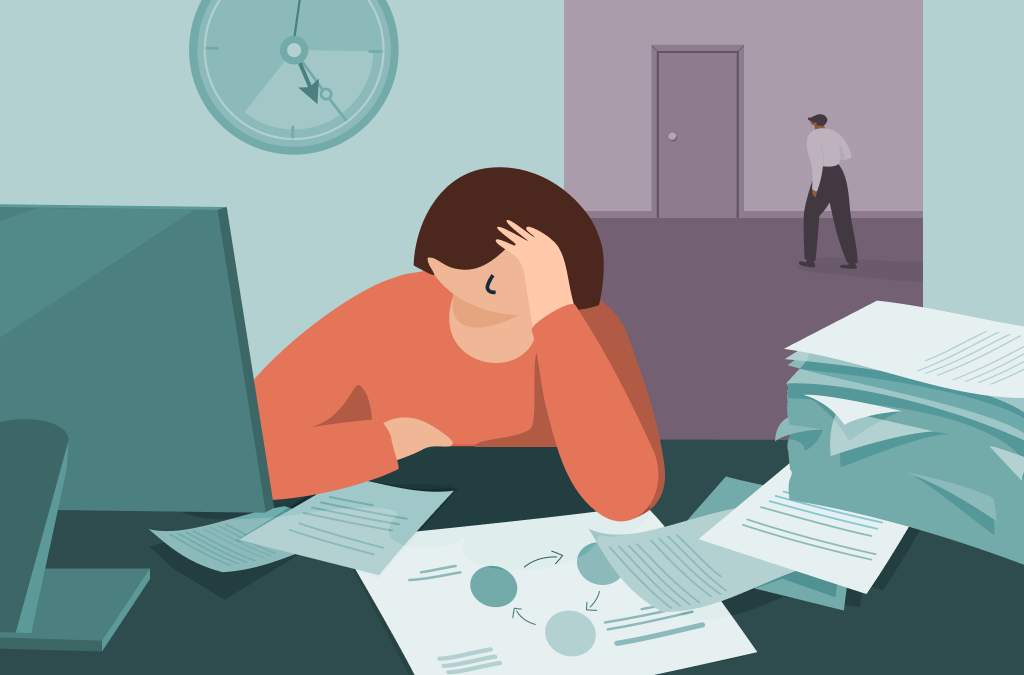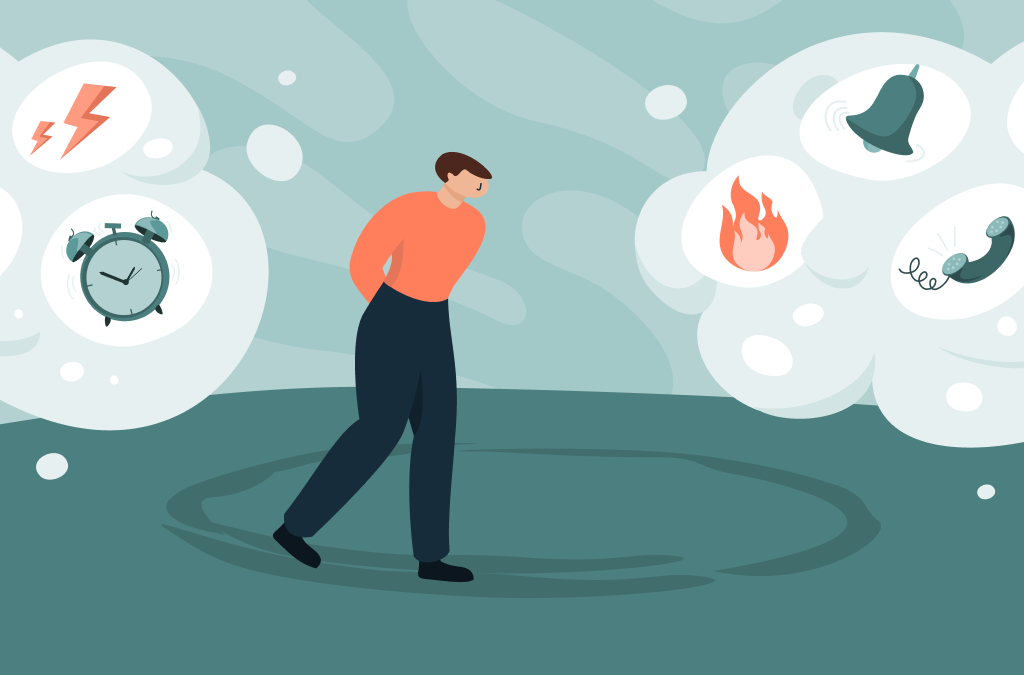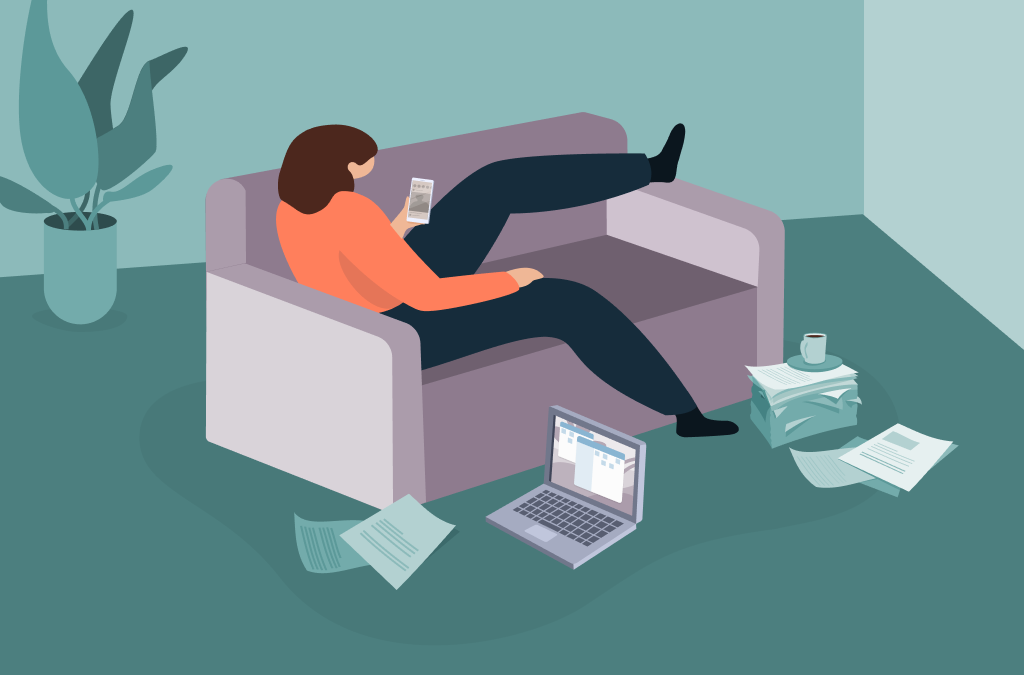Deadlines, conflicts, pressure to perform—many people grapple with stressors at work. The extent to which these weigh on someone depends in large part on whether psychological needs are being met at work.


Deadlines, conflicts, pressure to perform—many people grapple with stressors at work. The extent to which these weigh on someone depends in large part on whether psychological needs are being met at work.

When people think of depression, usually intense sadness, low energy, social withdrawal, difficulty getting out of bed, and managing daily life come to mind. But this is not always the case.

In this article, we explore what characterizes such thoughts and behaviors as well as how they can be treated.

In this article, we look at the nature of workplace bullying, its causes and consequences, and what you can do if you are being bullied at work.

This article delves into what a healthy relationship looks like, debunking some common myths along the way.

“Everything okay with you? You’re so quiet!” “Why didn’t you go to the party?” “Why don’t you come out of your shell?” Do these phrases sound familiar to you? If so, you may be an introverted person or shy—or both. But what is the difference between introversion and shyness?

Every person has thousands of thoughts running through their head every day. For some, this means getting tangled up in looping and repeating thoughts. In this article, we answer the most important questions about rumination.

Psychotherapy—yes, no, maybe . . .? People hesitate to start therapy for a variety of reasons, not the least of which is insecurity and fear. This article takes a look at some of the common thoughts people have that delay or push off therapy indefinitely.

Summer is here. The days are longer, the clothes scarcer, swimming and other outdoor activities more common—welcome, once again, to the pressures of the “body beautiful.” This article takes a look at how beauty ideals are created and what you can do to protect yourself from harmful influences.

Do you know this feeling too? You have a task in front of you and you know it would be best to get it over with right away. But then you don’t know where to start. If this sounds familiar to you, you’re in very good company.